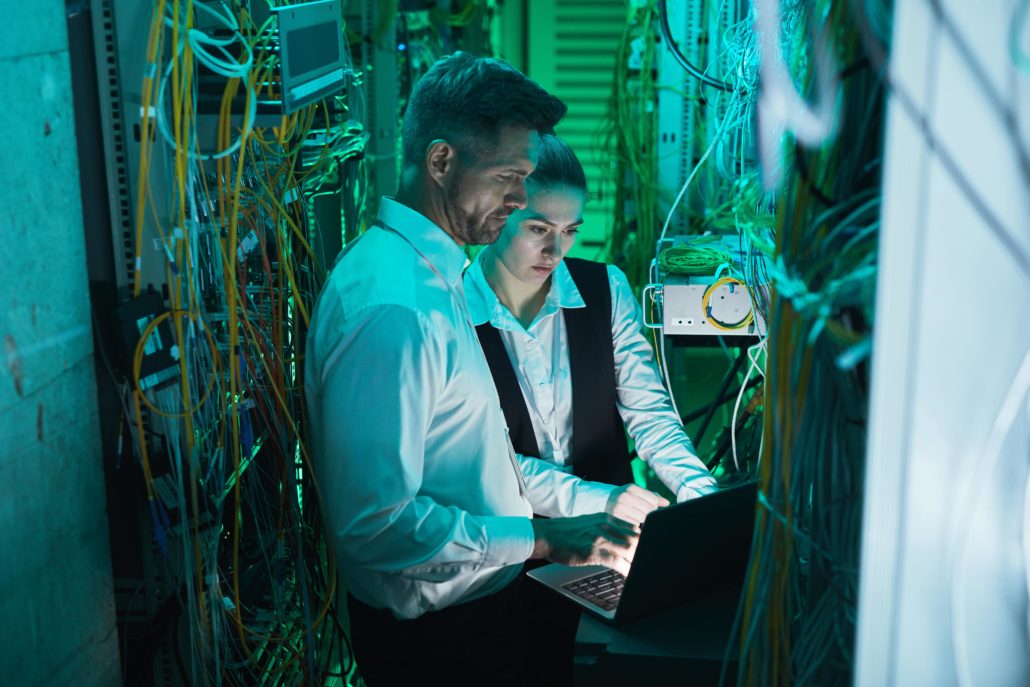EDI (Electronic Data Interchange) has become an indispensable tool for businesses of all sizes. It enables the exchanging of data and information electronically with suppliers, customers, and partners. While EDI solutions provide numerous benefits in terms of efficiency, cost-effectiveness, and real-time data exchange, they can also introduce several security and compliance challenges. In order to ensure the security, auditability, and control of EDI connectivity, it is essential to implement proper management practices.
In this article, we will explore the various steps you can take to effectively manage your EDI connectivity. From identifying and assessing risks, to implementing security measures and monitoring compliance. By following these best practices, you can ensure that your EDI infrastructure is secure, auditable, and under your control.
1. Do you currently trade electronically and how is EDI connectivity setup between you and your provider or customer/suppliers?
In order to effectively manage EDI connectivity, it’s important to understand the current state of electronic trading within your organisation. This includes the methods used for connectivity, such as EDI over the web, or direct connection via VPN. As well as the specific arrangements with providers, customers, and suppliers.
2. Where your organisation supports EDI, do you need to support multiple connections and connectivity mechanisms?
In many organisations, EDI connectivity needs to support multiple connections and mechanisms to meet the needs of different customers and suppliers. This complexity can create challenges in managing EDI connectivity effectively, so it’s important to understand the scope of the problem and identify the most effective solutions.
3. Are you being asked by your customers and suppliers to manage different connectivity to support them?
The requirements of your customers and suppliers will play a significant role in the design and implementation of your EDI connectivity infrastructure. If you are being asked to support multiple connections or protocols, it’s important to understand the requirements of each customer and supplier and determine the most effective approach to meeting these needs.
4. How secure is the current connection(s)? Or do you have security teams who are looking to decrease current network access?
Security is a critical consideration when it comes to EDI connectivity. To determine the security of your current connections, you should assess the current security measures in place, such as encryption and authentication, and determine whether there are any efforts underway to reduce network access. You should also assess the impact of these efforts on your EDI connectivity and ensure that the security of the EDI infrastructure is not compromised.
5. Do you need to support more secure connections, like AS2 and HTTPs? Over less secure connections, like FTP and SMTP? Does your organisation have the infrastructure and teams to manage this?
As EDI requirements and security standards evolve, it may become necessary to support more secure EDI connections. To determine whether your organisation has the infrastructure and resources to manage this, you should assess your current EDI infrastructure. Specifically looking at the technical or resource constraints that would prevent the adoption of more secure EDI connections.
6. Are you looking at direct integration with your ERP via APIs?
Direct integration between EDI and an ERP system can provide significant benefits, such as increased efficiency and reduced manual processing. To determine whether this is a viable option for your organisation, you should assess the current EDI-ERP integration and identify the technical requirements for direct integration, such as APIs. It is also important to determine whether there is a team in place with the expertise to implement and maintain the integration.
U kunt download these questions for free to share with your business here of contact us to discuss how you can implement an accounts payable solution.
About B2BE
B2BE delivers electronic supply chain solutions globally, helping organisations to better manage their supply chain processes, providing greater levels of visibility, auditability and control. We’re driven by a passion for what we do, inspired by innovation, and underpinned by a wealth of knowledge. With over 20+ years of experience, the B2BE teams operate worldwide.
Ga voor meer informatie naar www.b2be.com.
